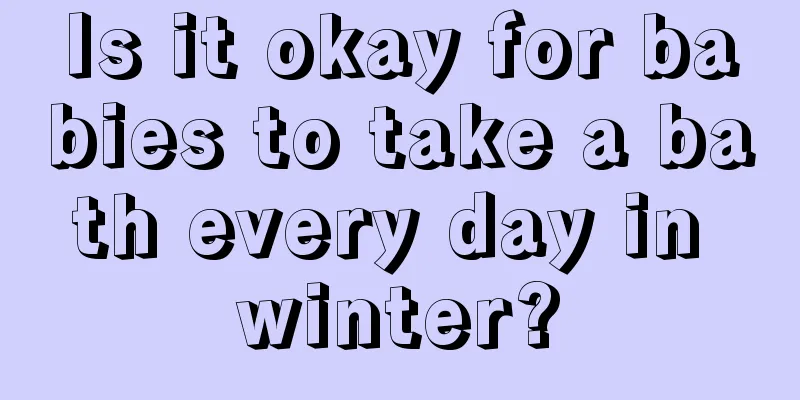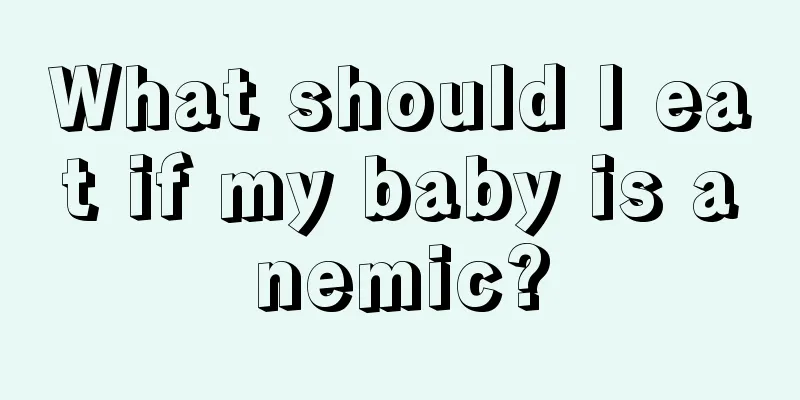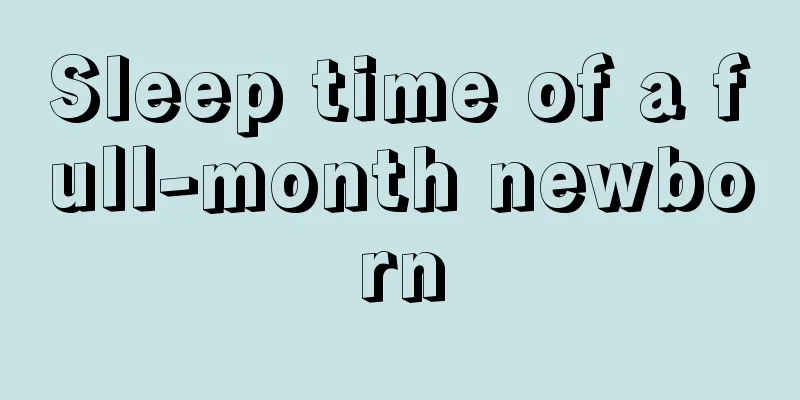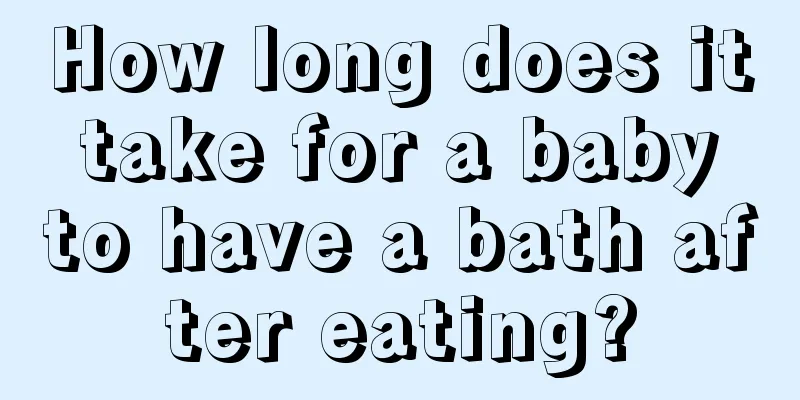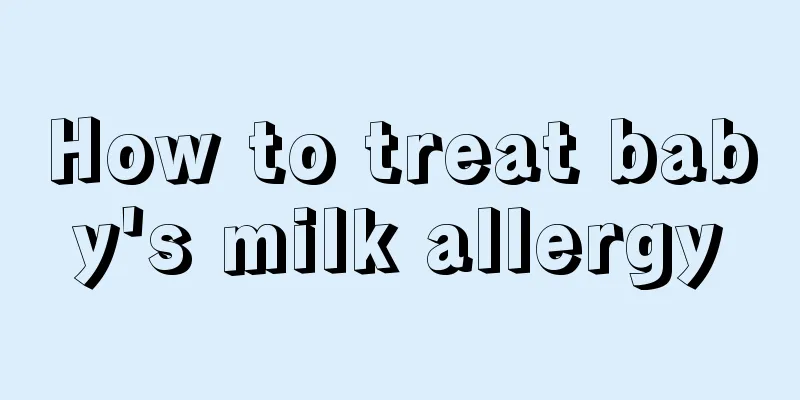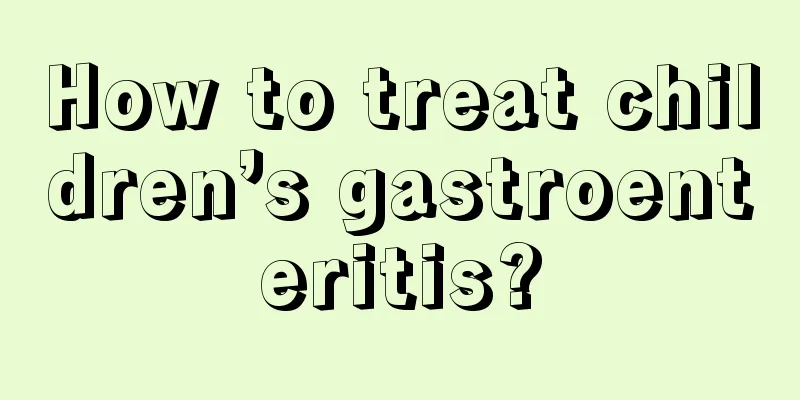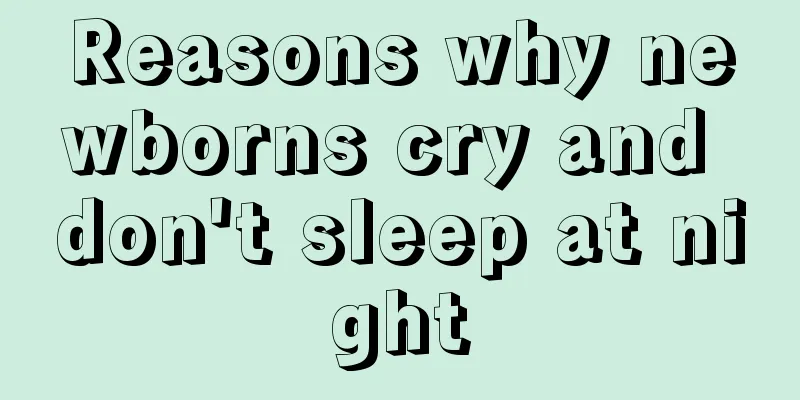What is the cause of convulsions caused by fever in children?

|
Parents are extremely concerned about their children's health. In life, due to the carelessness of some parents, their children suffer from more serious diseases. Of course, the main reason is that they are not handled in time. Take fever for example. If it can be handled in time, it will definitely not cause the disease. In life, some children always have convulsions after having a fever, which is clinically a disease. So, what is the cause of convulsions caused by fever? The causes of childhood convulsions can be divided into two categories: infectious (febrile convulsions) and non-infectious (afebrile convulsions) according to the presence or absence of infection. According to the site of involvement of the lesion, it is divided into intracranial and extracranial types. (1) Infectious convulsions (febrile convulsions) 1. Intracranial diseases Viral infections such as viral encephalitis and Japanese encephalitis. Bacterial infections such as purulent meningitis, tuberculous meningitis, brain abscess, and venous sinus thrombosis. Fungal infections such as cryptococcal meningitis. Parasitic infections such as cerebral cysticercosis, cerebral malaria, cerebral schistosomiasis, cerebral paragonimiasis, and toxoplasmosis. 2. Extracranial diseases: high fever convulsions, toxic encephalopathy (severe pneumonia, whooping cough, toxic dysentery, sepsis as primary diseases), tetanus, etc. (ii) Non-infectious convulsions (afebrile convulsions) 1. Intracranial diseases Craniocerebral injuries such as birth injuries, brain trauma, neonatal asphyxia, and intracranial hemorrhage. Abnormal brain development such as congenital hydrocephalus, cerebrovascular malformations, macrocephaly (microcephaly), cerebral palsy and neurocutaneous syndrome. Intracranial space-occupying diseases such as brain tumors and brain cysts. Epileptic syndromes such as grand mal seizures and infantile spasms. Brain degenerative diseases such as demyelinating encephalopathy and macular degeneration. 2. Extracranial diseases Metabolic diseases such as hypocalcemia, hypoglycemia, hypomagnesemia, hyponatremia, hypernatremia, vitamin B1 or B6 deficiency, etc. Genetic metabolic diseases such as glycogen storage disease, galactosemia, phenylketonuria, hepatolenticular degeneration, and mucopolysaccharidosis. Systemic diseases such as hypertensive encephalopathy, uremia, heart rhythm disorders, severe anemia, food, drug and pesticide poisoning, etc. Infantile convulsions, commonly known as seizures, are one of the most common emergencies in children. The main symptoms are uncontrollable contraction of whole body or local muscles, and there may be impaired consciousness. There are many causes of seizures in children. The more common ones are infections caused by bacteria and viruses, such as influenza, pneumonia, whooping cough, typhoid fever, dysentery, etc. In addition to causing poisoning and convulsions in children, these diseases can also cause convulsions due to high fever, which is called febrile convulsions. This type of convulsion often occurs during a fever and lasts for a short time. The person wakes up when the convulsion stops, and it is rare for more than two convulsions to occur during one fever. The convulsions will stop when the fever subsides. But it can recur, and convulsions may occur when a fever occurs. This type of convulsion often occurs in children under six years old. In addition, intracranial infections such as encephalitis, meningitis, brain abscess, brain parasitic diseases, etc., in addition to fever can cause convulsions, because their lesions occur in the brain, the relevant parts of the brain are stimulated and can also cause convulsions. There are some diseases that do not cause fever, such as tetanus, epilepsy, brain trauma, brain tumors and cancer, hypocalcemia, hypoglycemia, rickets caused by vitamin D deficiency, etc., which can also cause convulsions. Febrile convulsions are a common medical condition. About 3% of infants and young children aged 6 months to 6 years will experience convulsions when they have a fever or high body temperature. |
<<: What is the first aid method for babies with fever and convulsions?
>>: What should I do if my baby has a high fever and convulsions?
Recommend
My child suddenly complained of leg pain. What's going on?
Many parents have encountered this situation, tha...
Red bumps on baby's body like mosquito bites
In daily life, we may find that red bumps suddenl...
How to treat baby who won't eat?
Three meals a day can replenish people's phys...
What disease is it that causes white spots on children's bodies?
In life, once people hear about or see white spot...
How to prevent malnutrition in children
Children are the hope of the whole family, and ma...
How to treat communicating hydrocele in children
Some sudden symptoms of a child's body may ca...
How to massage baby's swollen belly
Babies are young and often have stomach pains, wh...
What causes baby diarrhea?
I believe that every mother will encounter baby d...
What to do if your child has low intelligence
Many children are prone to problems when they are...
Can I still bathe my baby if he has rubella?
Parents are worried when they find that their bab...
What are the symptoms of intestinal spasms in children?
As children grow up, they are bound to develop va...
Treatment of allergic asthma in children
Asthma is a relatively stubborn disease, and pati...
Acute thrombocytopenic purpura in children
Children's physical health is an issue that p...
What medicine should children take for laryngitis
Children's pharyngitis mostly occurs in child...
How can teenagers prevent hair loss?
Due to heavy schoolwork, teenagers now face no le...
